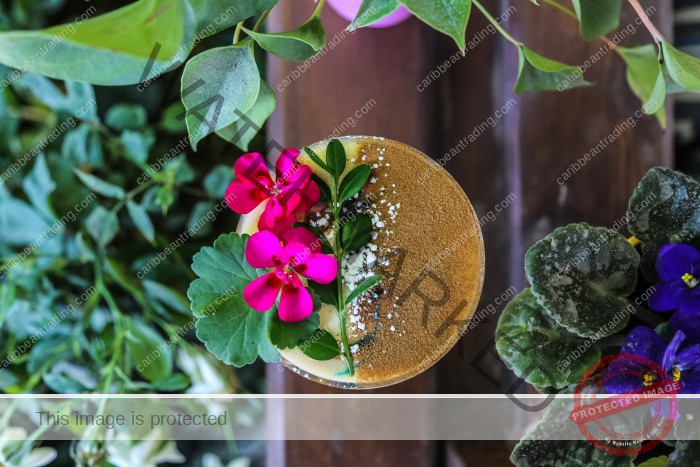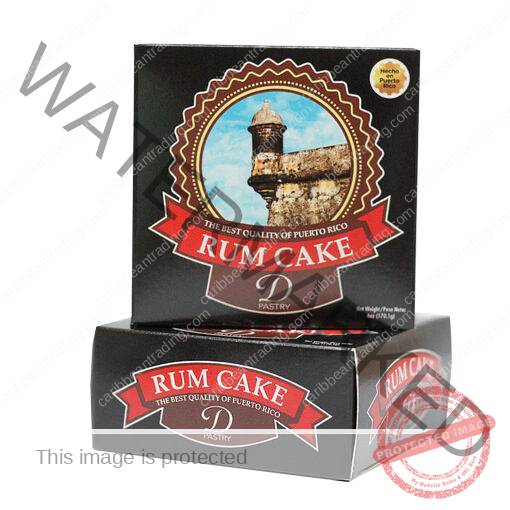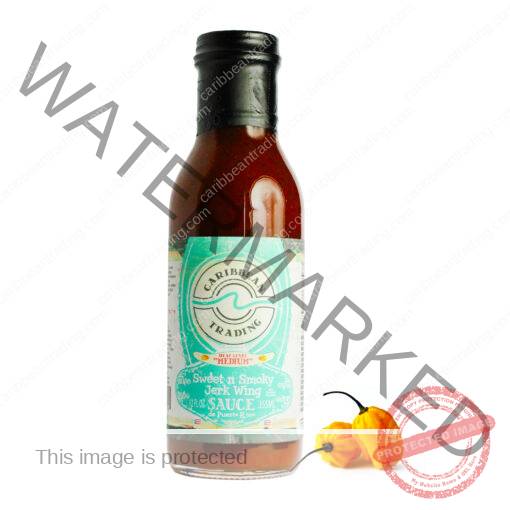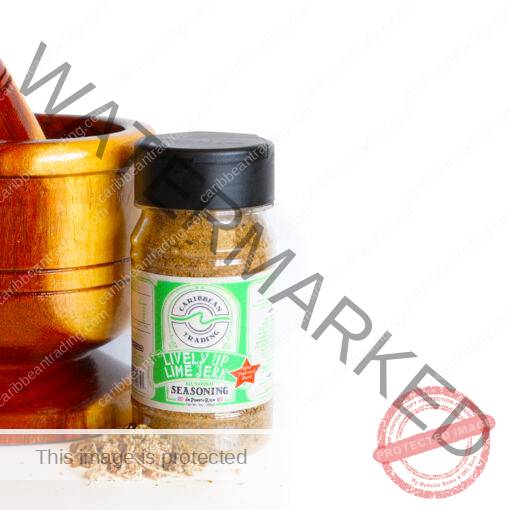Food & Recipes
Sweet Treats from the Islands: Top Caribbean Desserts
Many things are popular in the Caribbean: its music, culture, landscapes. But there’s something that tops them all: delicacies. Flavors that mix African, European, Asian and indigenous cultures are a must try! Jerk bird, rice and peas, roti, or simply handmade cakes are some of the most delicious dishes you should try when visiting. Let’s explore some of these cakes today, shall we? The Caribbean has many to offer, with their own history and flavor profile!
Rum Cake: A Spirited Tradition
No exploration of traditional Caribbean desserts would be complete without mentioning rum cake. This iconic treat means one thing: festive celebrations, specially for Christmas and weddings. While every island boasts its very own type of cake, the core elements remain consistent: a wet cake infused with darkish rum and often dotted with dried culmination. Its origins trace lower back to British colonists who brought plum pudding recipes to the islands. Over time, locals adapted the dish, incorporating local ingredients and spices.
Jamaican black cake is a well-known version, high-quality for its intensely rich taste. It begins with dried fruits soaked in rum and wine for weeks, months, or even years, giving it a deep, boozy flavor. The cake is then spiced with cinnamon, nutmeg, and cloves, developing a heat and fragrant enjoy. In the Cayman Islands, rum cake regularly functions a lighter texture however remains generously soaked in nearby rum, making it a need to-strive souvenir for visitors.
Toto: Jamaica’s Coconut Cake
Toto is a simple but irresistible Jamaican dessert that showcases the Caribbean’s love affair with coconut. This cake, often made with grated coconut, flour, sugar, and a touch of warming spices, has roots within the United States colonial history. Traditionally baked in houses since it’s cheaper, toto has become a staple of Jamaican resilience and resourcefulness.
Modern versions of toto may also consist of a splash of rum or condensed milk for delivered richness. Served simple or with a dollop of cream, this humble dessert pairs beautifully with a cup of tea or coffee. Its rustic allure makes it a fave for each locals and site visitors seeking a taste of Jamaica’s culinary traditions.
Coconut Drops: A Bite of Paradise
Coconut is a big name when it comes to Caribbean cakes. This product is loved because of its versatility. Found throughout many islands but particularly famous in Jamaica and Trinidad, those chewy treats are made via combining chunks of coconut with brown sugar, ginger, and a dash of vanilla. The mixture is cooked till thickened and then dropped onto banana leaves or parchment to cool and set.
Coconut drops are a really perfect example of ways Caribbean chefs remodel easy, neighborhood substances into some thing unique. The interplay of candy coconut and spicy ginger creates a taste that’s comforting and unusual on the same time. These treats are frequently enjoyed as a noon snack or shared at own family gatherings. If you want to get some of them, you can continually get them organized on line and get them shipped! There are many services such as freight forwarders which can ship them from any part of the world to another.
Cassava Pone: A Sticky Slice of History
Cassava pone is a beloved dessert with roots in the indigenous cultures of the Caribbean. Cassava, a starchy root vegetable, became a staple for the Arawak and Carib peoples lengthy earlier than European colonization. Pone is a dense, pudding-like cake made with grated cassava, coconut, spices, and from time to time sweet potato or pumpkin.
This dessert is in particular popular in Trinidad and Guyana, often flavored with cinnamon, nutmeg, and ginger. The texture is sticky and chewy, with a sweetness that’s balanced by the earthiness of the cassava. Pone is a fave at some stage in celebrations and vacations, presenting a connection to the vicinity’s pre-colonial background at the same time as remaining a cutting-edge treat.
Tamarind Balls: A Sweet and Tangy Delight
For those who love a balance of sweet and tangy, tamarind balls are a must-try Caribbean delicacy. Tamarind, a tangy fruit encased in a brown pod, grows abundantly in the region and is used in everything from savory sauces to refreshing drinks. Tamarind balls are made by mixing the fruit’s sticky pulp with sugar and sometimes spices like chili or ginger. The mixture is then rolled into small balls, offering a chewy, intensely flavored treat.
These candies are popular across the islands, from Barbados to Grenada, and are often sold at roadside stands or markets. The addition of chili in some versions gives tamarind balls a spicy kick, making them a unique and memorable snack for adventurous foodies.
Gizzada: A Coconut Lover’s Dream
Gizzada, also referred to as “pinch-me-round,” is a conventional Jamaican pastry that perfectly balances flaky crust and candy coconut filling. The filling, made from grated coconut, brown sugar, nutmeg, and sometimes a touch of vanilla or almond essence, is cooked until caramelized after which spooned right into a hand-pinched pastry shell.
Gizzada’s one of a kind pinched edges aren’t simply ornamental however additionally functional, ensuring the wealthy filling stays in area. This dessert is a favourite at bakeries and own family gatherings and is frequently loved with a cup of tea. Its simplicity and bold flavors make it a real Caribbean traditional.
Sugar Cakes: Sweet and Simple
Sugar cakes are every other coconut-based dessert that highlights the Caribbean’s resourcefulness and love of bold flavors. These no-bake treats, famous in islands like St. Lucia and Dominica, are made through boiling grated coconut with sugar till the mixture thickens. Once prepared, the combination is dropped onto a surface to chill and harden, resulting in candy, chewy morsels.
While the primary recipe remains steady, variations are long! Some versions include food coloring for a festive appearance, even as others comprise ginger or spices for delivered depth. Sugar cakes are a nostalgic deal with for lots islanders, often evoking memories of formative years and less difficult times.
Conkies: A Taste of Tradition
Conkies are a loved dessert by everyone in Barbados, particularly during the Independence Day celebrations in November. This dish, made from a combination of grated pumpkin, cornmeal, coconut, and spices, is wrapped in banana leaves and steamed until cooked thru. The end result is a dense, flavorful pudding with a touch of sweetness and a hearty texture.
Conkies have roots within the African and indigenous culinary traditions of the Caribbean, mixing nearby substances with cooking strategies added over by way of enslaved Africans. Today, they may be a symbol of Barbadian historical past and are regularly shared with friends and own family at some point of special activities.
Black Pineapple Tarts: Antigua’s Pride
Antigua, called the “Land of 365 Beaches,” is the home of few tasty desserts. Black pineapple brownies, made from the island’s well-known black pineapples, are a standout treat. These small, flaky pastries are filled with a jam-like aggregate of sweetened black pineapple, offering a burst of tropical flavor in every chew.
The black pineapple, appeared as one of the sweetest varieties in the international, lends a unique taste to those cakes, making them a need to-attempt for site visitors. Paired with a cup of bush tea, they provide a delightful manner to quit a meal or experience a midday select-me-up.
Grater Cake: A Candy for All Ages
Grater cake, despite its name, is more of a candy than a cake. This Jamaican deal with is made via boiling grated coconut with sugar till it thickens and units into company squares or rounds. Often tinted red or white, grater cake is as plenty a visual satisfaction as it is a delectable one.
The candy has a tasty, coconut-ahead flavor with a fulfilling chewiness that appeals to both children and adults. Its reliance on local ingredients make it a staple at markets and events throughout the islands.
Conclusion
Desserts from the Caribbean are as diverse and colourful because the islands themselves. Each candy deal with carries the affects of the region’s complex history, blending indigenous ingredients with strategies and flavors introduced by using African, European, and Asian cultures. Whether it’s the boozy rum cake, the tropical freshness of coconut drops, or the tangy sweetness of tamarind balls, these cakes are a staple to the creativity and resilience of Caribbean people.
Exploring the world of Caribbean cakes is more than only a adventure through flavors—it’s a way to connect with the place’s wealthy cultural heritage. Each chunk tells a story, imparting a glimpse into the traditions and records that make the Caribbean so precise. For those fortunate sufficient to go to, indulging in those candy treats is a should, however even for the ones afar, recreating those desserts at domestic can deliver a flavor of the islands in your kitchen. Whether you’re a fan of fruity, nutty, or sugary delights, the Caribbean offers something to fulfill each sweet tooth.







